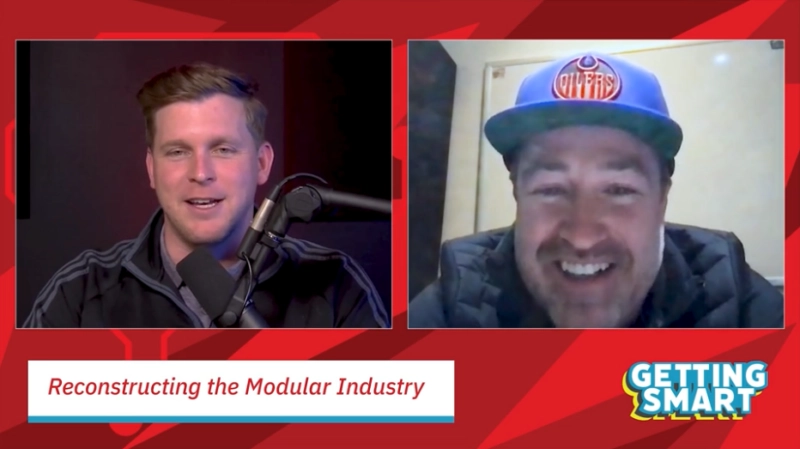Your Legacy Lighting May Literally Be Giving You Headaches
Lighting That Works: How LED Outperforms Fluorescent in Industrial Work Environments
An industrial workplace is a high-activity environment. With precision and performance integral in operations, workers must have sufficient and effective lighting. What you may not realize is the type of fixtures matter. There are many different lighting sources available, it’s important to understand the differences. Find out why LED fixtures improve work spaces, while fluorescent bulbs cause literal headaches.
The Truth about Fluorescent Lighting
Fluorescent lighting is used in industrial settings around the globe. It’s cheap and offers a sufficient amount of light. The crux of the problem with fluorescent lighting is that it produces ballast factoring. This is a condition where light strobes at such a high rate that workers aren’t conscious of it. Their eyes and bodies, however, are. It can lead to migraines, eye fatigue, lethargy and stress. All these things work against productivity. While workers may not realize it’s the lighting, their bodies know it is.
Migraines are some of the most frequent ailments. That’s because 80 percent of migraine suffers have photophobia.1 It’s not a fear of light but rather an acute sensitivity to it. When workers have these high-pain headaches, productivity isn’t just decreased, it’s completely erased because most cannot function in these situations. Eye strain is another serious consequence. In most industrial settings, workers must rely on what they can see to do their job. When eyes are strained, there is a higher chance of error.
Fluorescent lamps also emit a small amount of ultraviolet (UV) light. With prolonged exposure, averaging at least eight hour shifts, workers can experience light-senility health problems.
Why LED Fixtures Are Better
LED fixtures have many advantages over fluorescent lighting. LED does not emit any strobing, so the ballast factoring is not a problem. A better light source, LED offers a precise and accurate illumination. LED lamps have a higher color rendering index, displaying colors as truer. This enables the body and brain to work less at identifying colors.
In addition to the enhanced mood, LED fixtures offer great energy savings, as compared to the always flickering fluorescent bulbs. LED lamps also don’t overheat or even get hot, so they present no danger to workers. The wire in a 75-watt fluorescent bulb heats up to about 4600 degrees Fahrenheit.
Industrial Facilities Find Solution with LED
FSG has been able to help many organizations improve their spaces with better lighting. Salk Institute, a California-based science research center, has experienced significant improvements. The headaches once caused by fluorescent lighting have been eliminated. The company is now enjoying a healthier work environment, noting that workers comp claims around lighting sensitivities are now at zero.
FSG also completed a retrofit at Andretti Autosport in Indianapolis, Indiana. When working on racing machines, lighting is essential for these detailed activities. The company has noticed that lighting has improved their workplace.
A Dillards distribution center also made the switch to LED fixtures. As a warehouse that ships clothing and goods to customers, clear lighting is necessary for workers to see barcodes. This helps workers were more efficiently with no squinting.
Read more at fsgi.com









